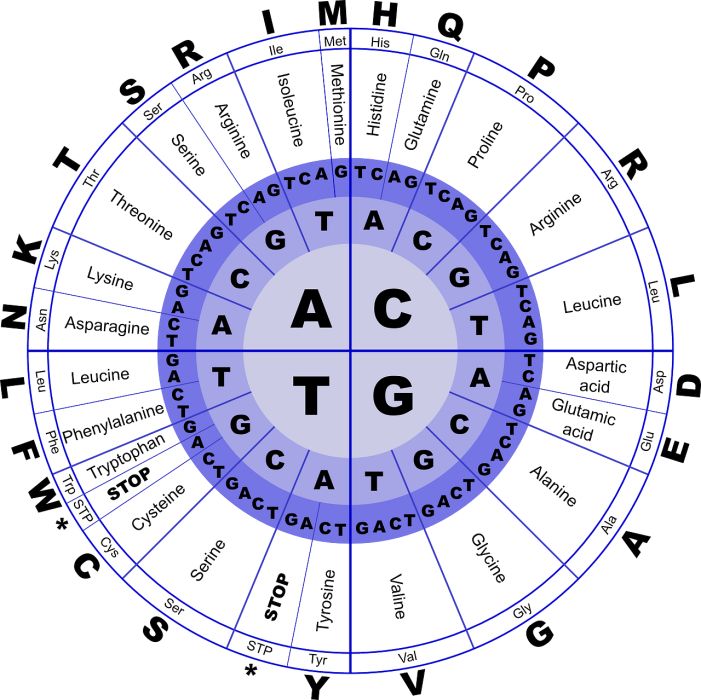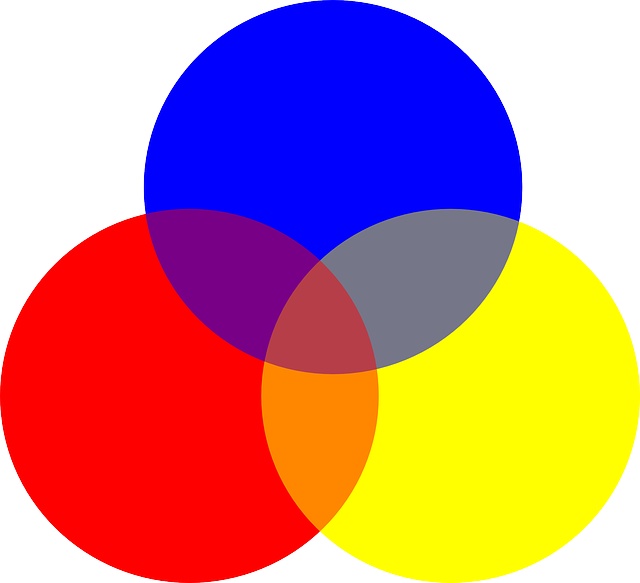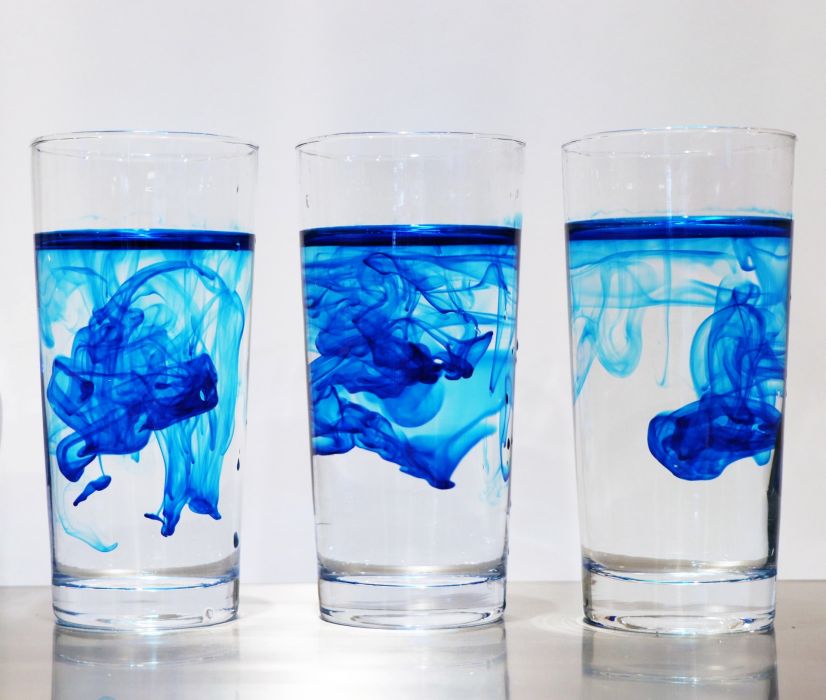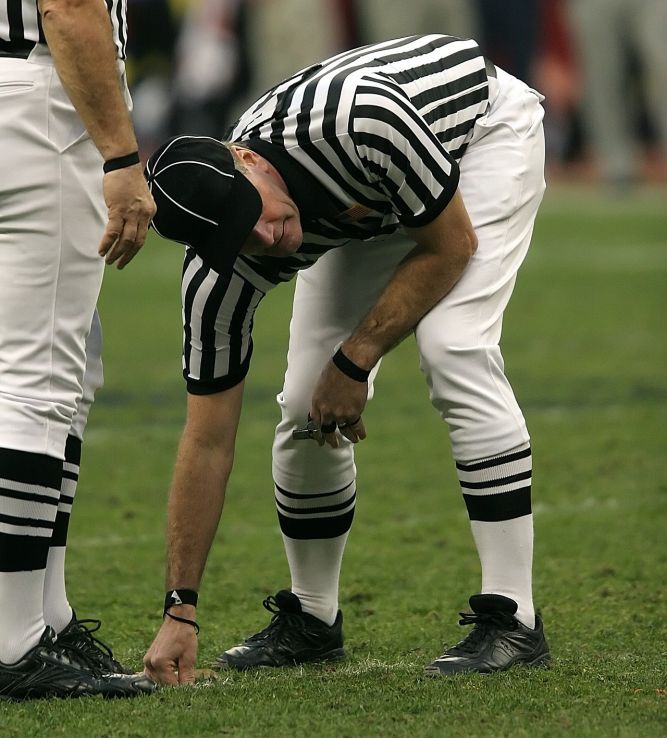October 2, 2020
On September 15, 2020, the Patent Trial and Appeal Board (PTAB) issued a decision in Ex parte Lebovich reversing the Examiner’s rejection of claims directed to a packaged
Read more
September 30, 2020
A “product-by-process” limitation exists where a recited product, such as a composition or article, is defined in terms of the method used to manufacture the product.
Read more
September 24, 2020
The term “comprising,” when used in the preamble of a claim, permits the inclusion of other elements or materials in addition to those specified in the
Read more
September 21, 2020
A prima facie obviousness rejection combining multiple disclosures requires a reason to modify or combine the prior art to achieve the claimed invention with a reasonable
Read more
September 18, 2020
For a prior art reference to be properly used in an obviousness rejection, the reference must be analogous art to the claimed invention. In re Bigio, 381
Read more
September 14, 2020
Ex parte Hicks is a 2007 decision of the Board of Patent Appeals and Interferences (BPAI) that is listed among the Patent Trial and Appeal Board’s
Read more
September 10, 2020
When considering the obviousness of ranges, it is a fundamental principle of U.S. patent law that “where the general conditions of a claim are disclosed in the prior
Read more
September 7, 2020
On July 14, 2020, the Patent Trial and Appeal Board issued a decision in Ex parte Park (Appeal 2019-006050) in which a rejection over an overlapping prior art
Read more
September 4, 2020
On August 19, 2020, the Patent Trial and Appeal Board (“Board”) issued a decision in Ex parte Boutillier (Appeal No. 2020-000348) reversing an Examiner’s obviousness rejection
Read more
August 31, 2020
On July 31, 2020, the Patent Trial and Appeal Board (“Board”) issued a decision in Ex parte Marco (Appeal No. 2020-000873) reversing an Examiner’s rejection for
Read more










